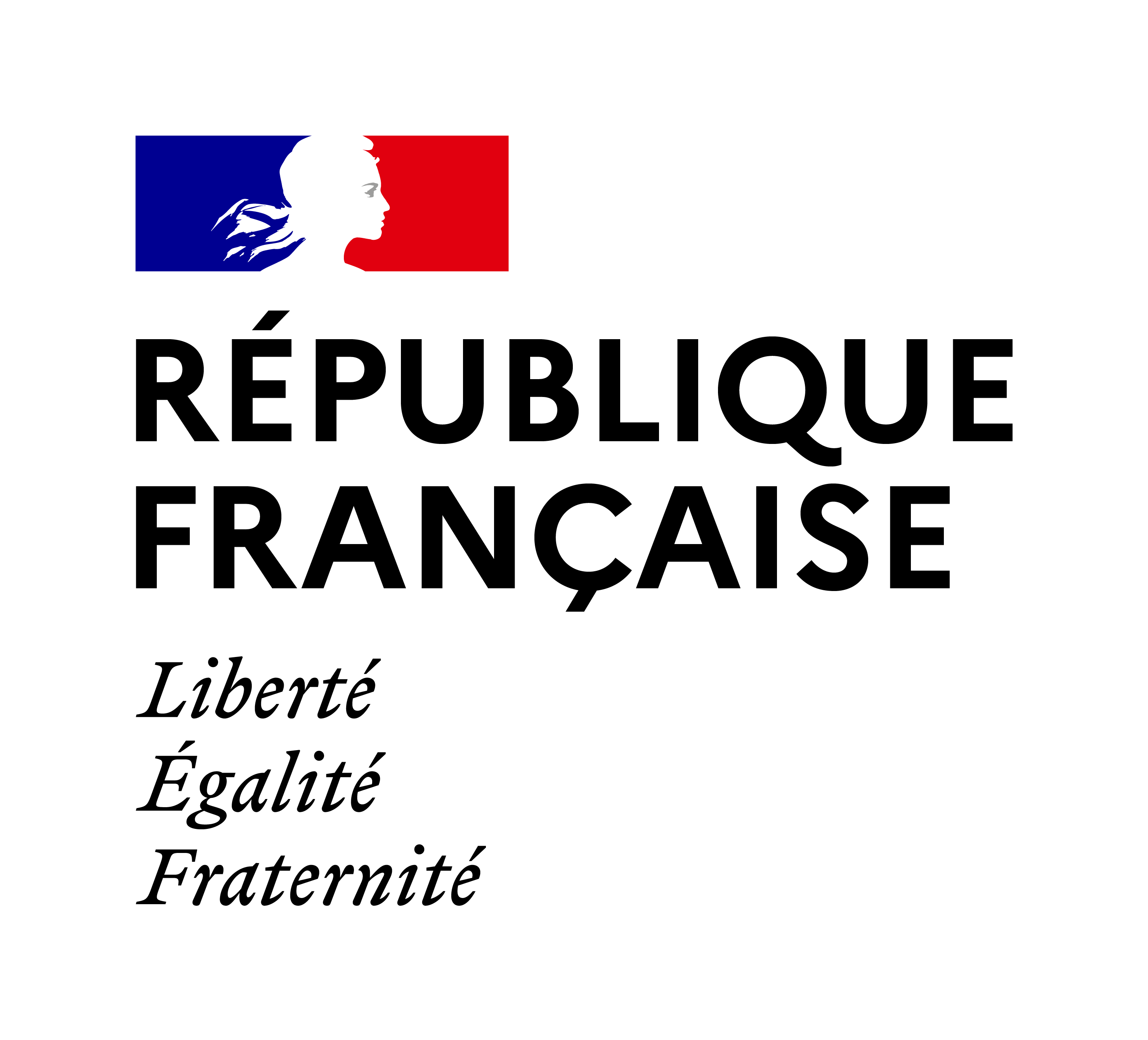Martinique exceptional biodiversity recognized by Unesco
On Monday September 18, the volcanoes and forests of Mount Pelée and the pitons of northern Martinique were inscribed on UNESCO's World Heritage List. This distinction confirms the richness of Martinique's biodiversity.
Located in the French West Indies, Martinique is an island of 1,128 km² with exceptional biodiversity. Its volcanic origin, coupled with highly variable rainfall conditions and proximity to other Caribbean islands, has resulted in a terrestrial biodiversity that is particularly rich in plant and animal species.
For example, 46% of its territory is covered by forests, home to almost 400 tree species and numerous endemic species such as the Blue-headed Hummingbird (Riccordia bicolor) and the Cliff Matoutou (Caribena versicolor). The rainforests to the north surround the Montagne Pelée volcano, the highest point on the island. Its inclusion on UNESCO's World Heritage List, along with that of the Pitons du Nord de la Martinique, testifies to the universal and exceptional value of this site.
In addition to its forests, Martinique boasts no fewer than 2,276 wetlands and 161 rivers. The 48 islets surrounding the island are home to vegetation adapted to very dry environments and some sixty species of nesting birds.
Protecting Martinique's biodiversity
In Martinique, the French Biodiversity Agency (OFB) designs, implements and evaluates programs to acquire knowledge of marine and terrestrial biodiversity.
The establishment is currently piloting scientific projects on avifauna, herpetofauna, the management of invasive exotic species, the impacts of certain domestic species, aquatic environments and is contributing to research programs on marine mammals.
OFB also provides expertise and advice to government departments and local authorities, producing technical opinions and ensuring compliance with regulations on water, aquatic environments and biodiversity.
OFB also manages two protected areas: the Marine Nature Park of Martinique, which protects a maritime area of 48,900 km², and the Agoa Sanctuary, dedicated to the study and protection of marine mammals.




